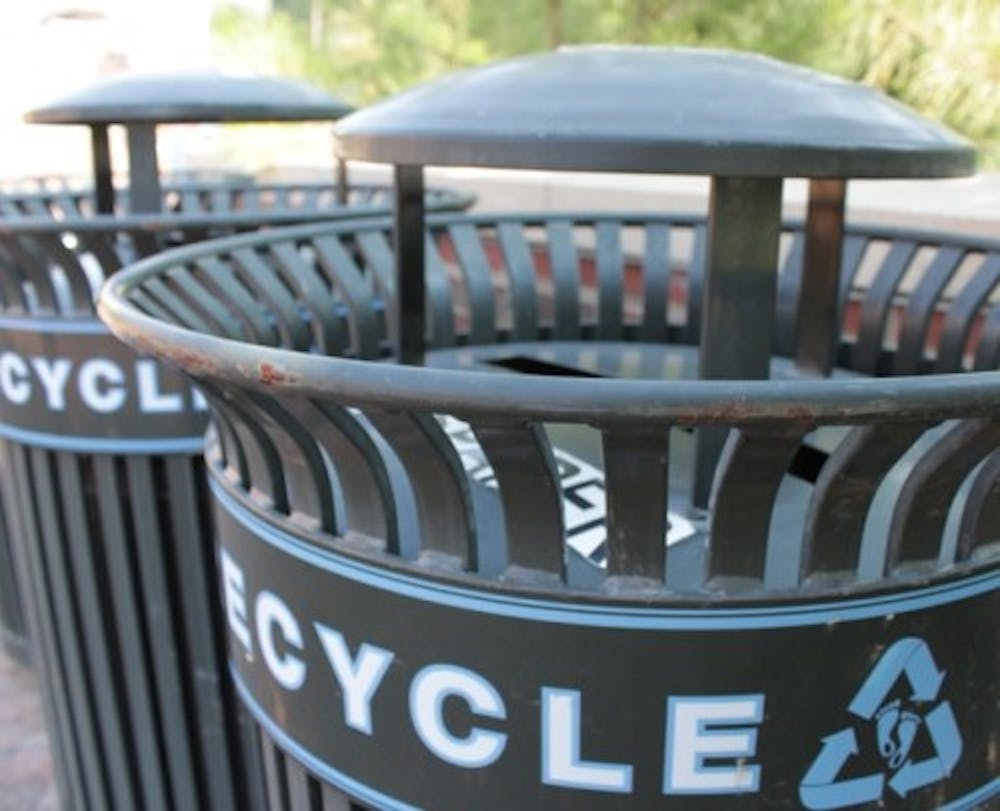Orange County has made great strides in making recycling easier for residents and businesses alike, but some apartment complexes and nonresidential units choose not to participate in the county's system.
Orange County Solid Waste Planner Blair Pollock said the county offers universal recycling collection to single-family residential areas and multifamily housing, such as apartment buildings. If multifamily units decline to receive public recycling, possibly because they want different service from what the county can provide, they can contract private recycling services.
Pollock said Carolina Square apartments, in addition to several other multifamily units around Orange County, doesn't participate in the county's recycling program.
“They have a garbage pickup system – like you can leave your garbage outside your door and they’ll come pick it up," junior political science major Olivia O'Malley, a resident at Carolina Square, said. "But you can’t leave your recycling outside your door."
She said they don't have a recycling system, and for now it's put in the trash chute, or residents must go to a recycling facility in Chapel Hill, which is a few miles away.
“I don’t have a car, but I’m in the process of trying to convince my roommate to let me do this with their car,” O'Malley said.
She said she was unaware of any timeline to add a recycling system, and Carolina Square could not be reached for comment.
Pollock said the county also provides a nonuniversal recycling service for businesses, churches and schools. He estimates one-third of these nonresidential and commercial entities participate.
Pollock said dense areas like Franklin Street share collective recycling sites because it would be difficult to put a recycling cart behind each business. This presents an interesting challenge in measuring the success of recycling policies. Historically, he said, governments have evaluated recycling success by the amount of pounds recycled.




